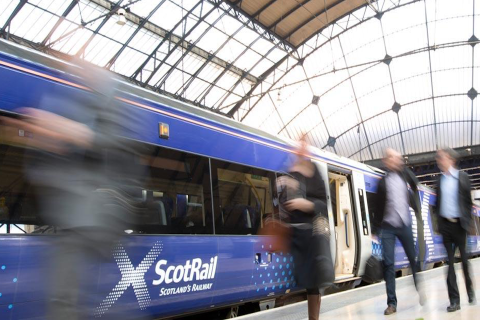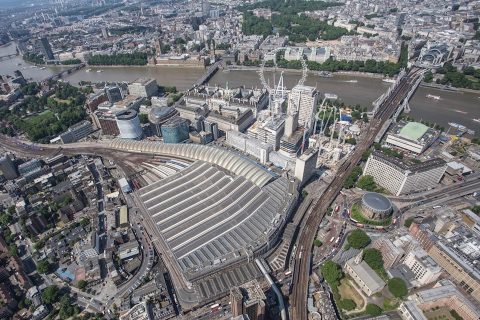HS2 cost projections and controversies still raise questions

Britain’s ambitious plans for a high-speed railway network have hit the buffers before even getting out of the station. The project has been savagely cut back from the once sweeping network, connecting almost all of England’s cities, and maybe even reaching parts of Scotland. Now it remains as a project to link London and Birmingham, in a shuttle service that may or may not be beneficial to the rest of the rail network and the community at large. That though has not stopped the price of the railway still racing away on the fast line, as costs surge and plans for the railway evolve.
Want to read more?
You have read all of your free premium articles for this month. Please become a subscriber to keep reading.
Subscribe now!
Take advantage of our exclusive offer to get full access to all premium content.




